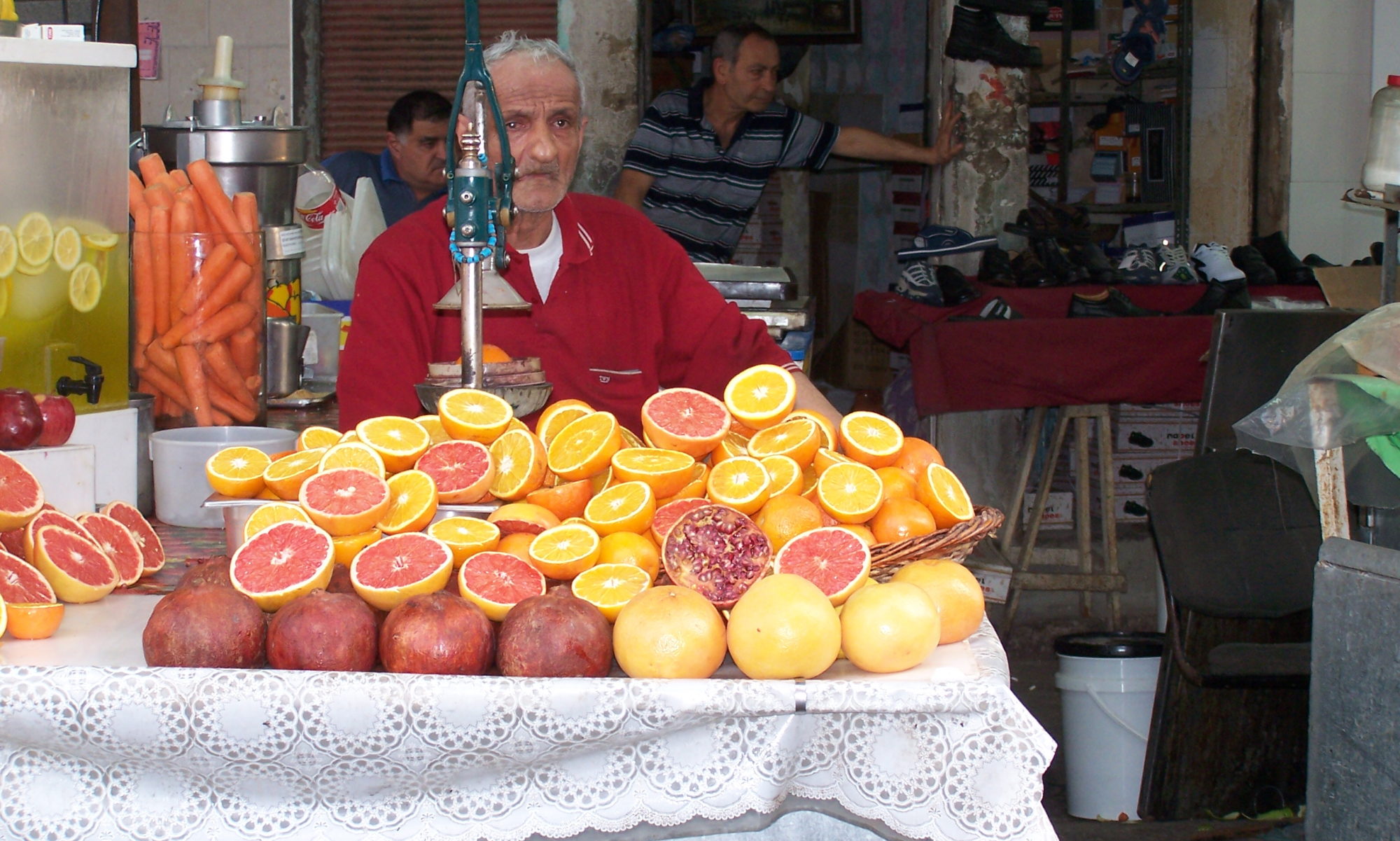This post is from last year. This year’s festival will be on Friday, 29 April from 1000 – 1600. Don’ t miss it.

Soreq Winery, one of the first boutique wineries in Israel, is situated between the Ayalon and Soreq valleys, in a region where wine was produced as early as 3,000 years ago. The Shacham family founded the Soreq winery in 1994. Nir Shaham is the vintner and his parents, Heli and Yossi, are the proprietors. They now produce 10,000 bottles a year from a 30-year-old vineyard as well as a younger vineyard planted on the nearby slopes of the Judean Hills. The winery produces wine from Merlot, Grenache, Petit Verdoux, and Cabernet Sauvignon grapes.

Shortly after opening their winery, Nir Shaham, gave courses on winemaking which developed into the Soreq School of Winemaking. This school is attended by amateurs and professionals who are interested in winemaking at home or for those whose dream is to open a boutique winery, which is becoming more and more fashionable in Israel. For the past several years, Soreq winery has organized a homemade wine fair in the spring that showcases their current and past students. Some of their well-known offspring are Avidan, Mond, Nachshon, and Kadesh Barnea wineries.

This year’s fair featured about 40 winemakers, most of whom made only red wines, such as Merlot, Cabernet Sauvignon, and Shiraz, but there were a few brave souls that make white wines, dessert wines, and even one winemaker who made a decent rosé. One thing most of the home wineries have in common is that their products are not “technically” kosher, a process that costs more money than most of them can justify when the output is still small. Nevertheless, some of them produce wine that in practical terms is kosher, since they are religiously observant or traditional themselves and follow the rules of kashrut.


The enthusiasm of the winemakers was infectious and it made you want to try their wines that they have worked so hard on. Gytot Winery is a good example: Malkiel and Dina Hadari have been making wine for the past three years after Dina gave the Soreq Winery course as birthday present to her wine-loving husband. She told him, “You love drinking wine and talk about it all of the time, why don’t you try making it yourself.” They now have six oak barrels and all of the equipment they need to produce several thousand bottles of Merlot and Cabernet Sauvignon.

This was my first time at the fair and I must say that I was quite impressed with the wines on offer, most of which I would buy and happily serve to guests at dinner. Actually, the real difficulty was deciding which were the best so that I could buy some without breaking the bank, even though the average price was about 70NIS (20USD) a bottle.

And if you are worried about drinking too much on an empty stomach, there were also beautiful vegetarian tapas for sale from Maya Ben Tzvi, a caterer who specializes in healthy vegetarian gourmet dishes.

Some of the tapas were grilled portobello mushrooms with a dollop of tomato confit, topped with a miniature potato pancake, stuffed zucchini and eggplant, and bruschetta with various toppings, such as poached pears and Roquefort cheese. They were delicious.

And to close your meal, you could try a delicious and not too sweet Delicate Passionfruit liqueur from the Fishbein family farm at Ein Irron in the north of the country.

Next year, I hope there will be an even bigger selection of wines, especially including whites and rosés; but I better have a hearty breakfast first.
Soreq Winery Homemade Wine Fair
Entrance fee: 55NIS
Moshav Tal Shachar
08-9450844



































